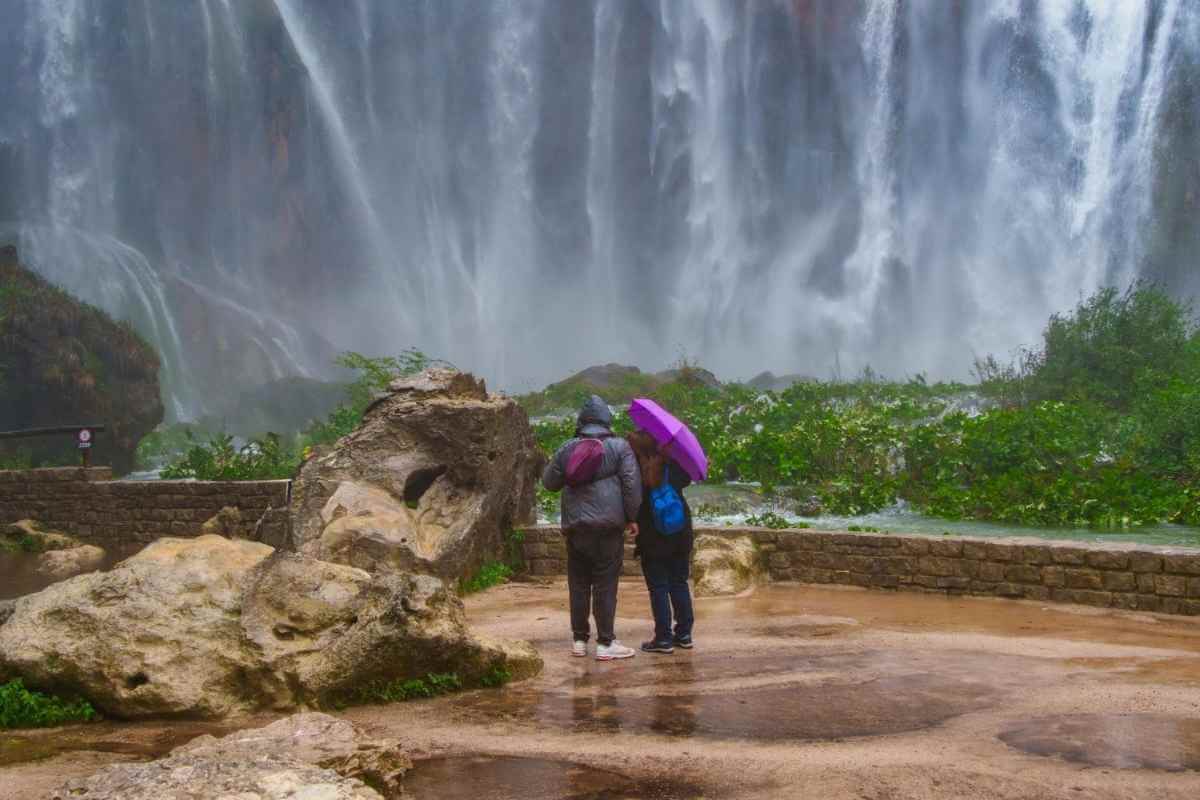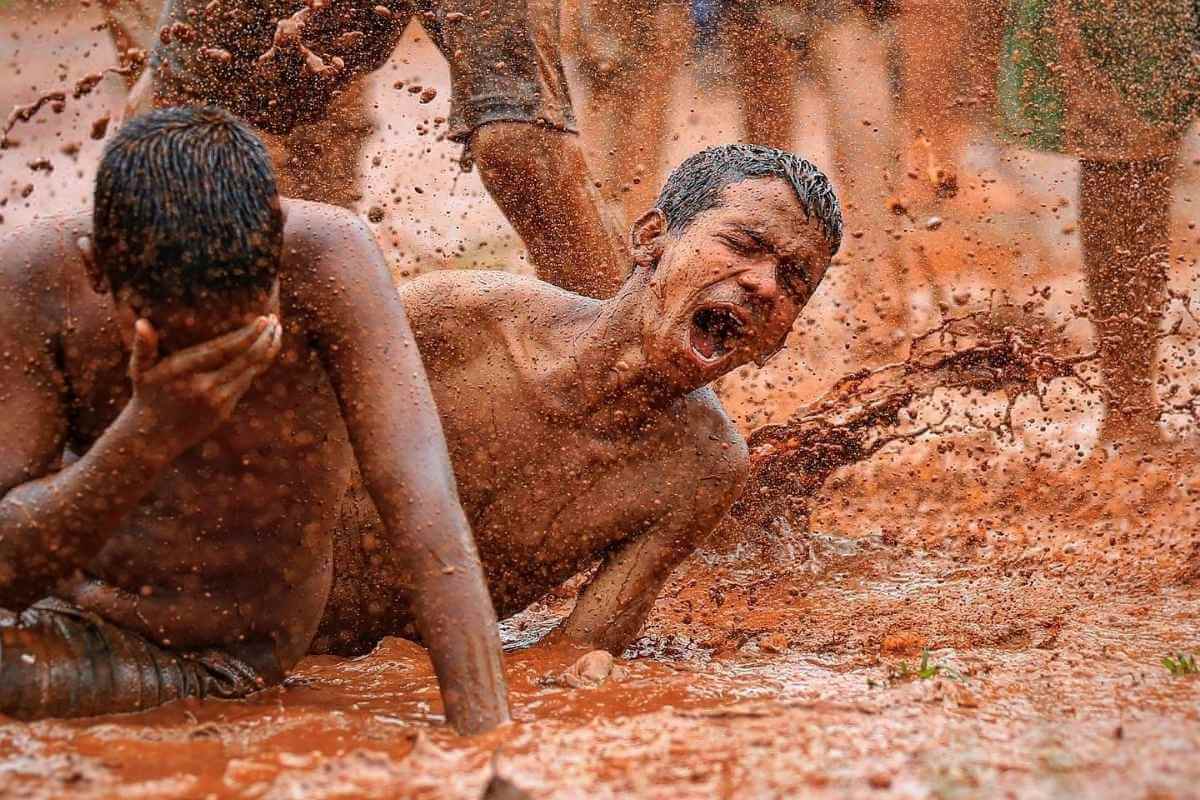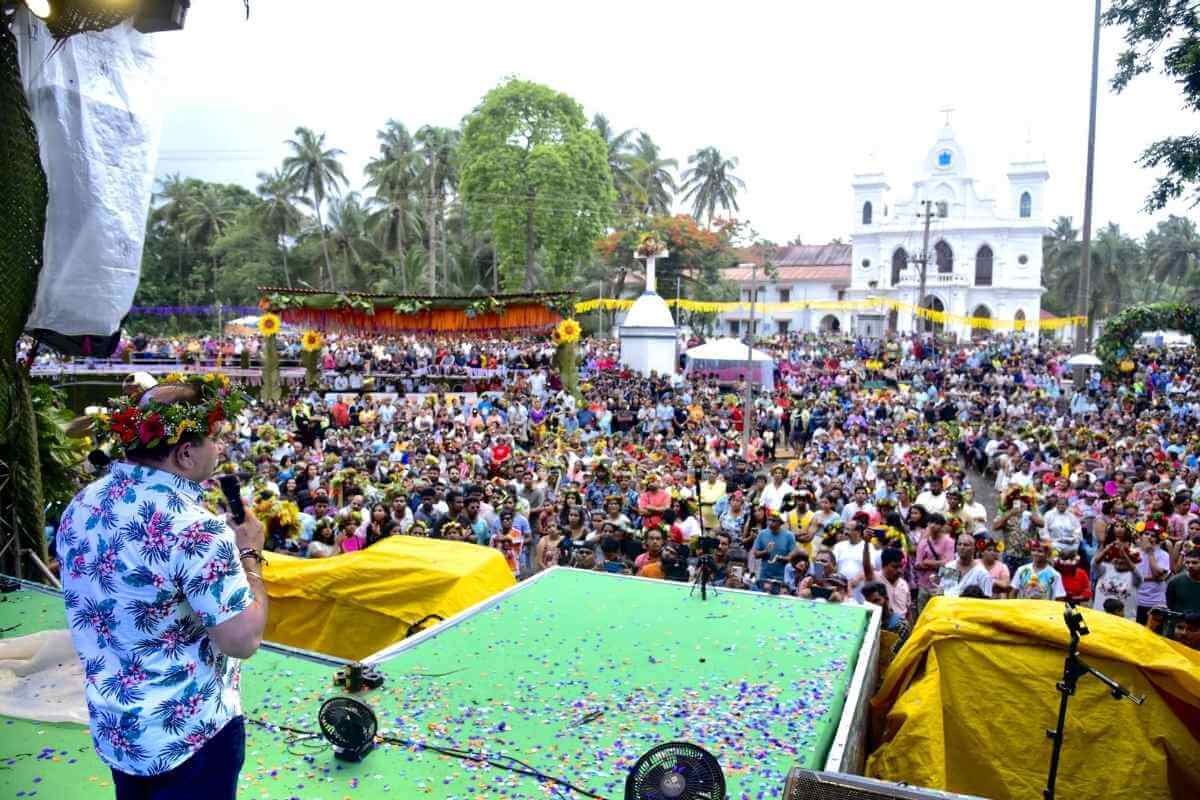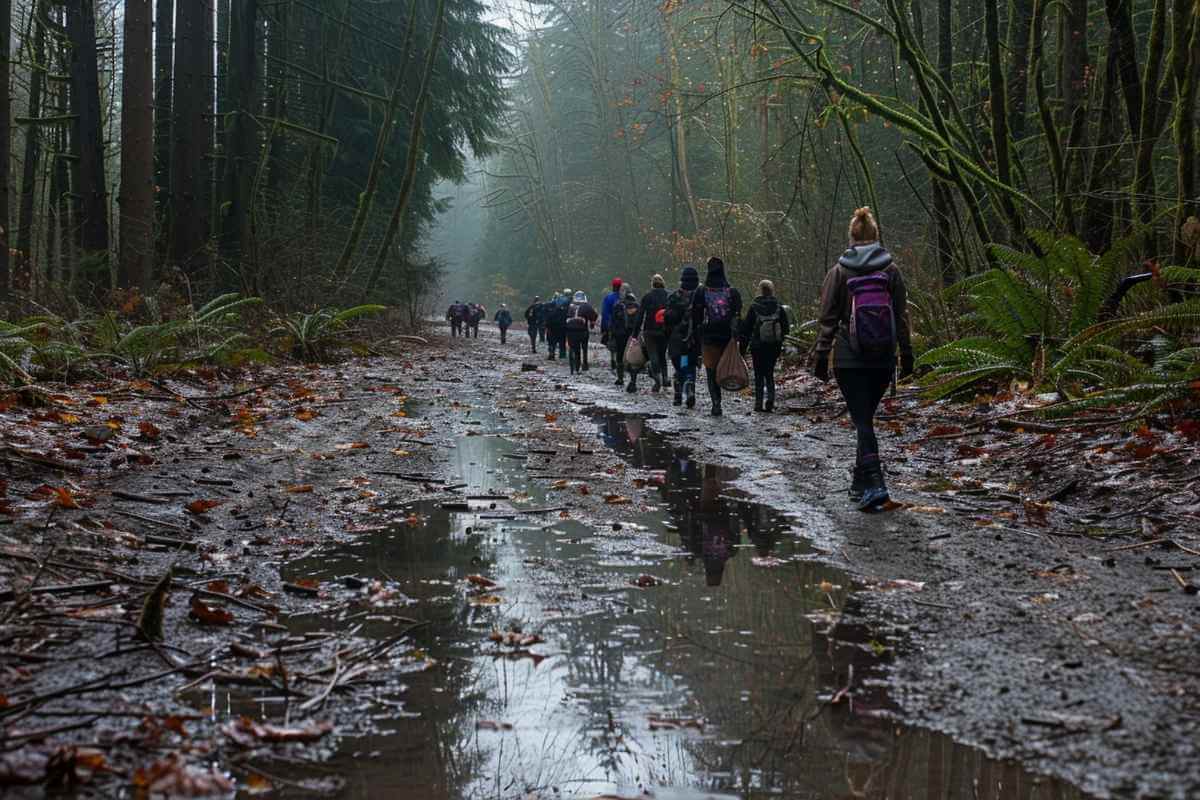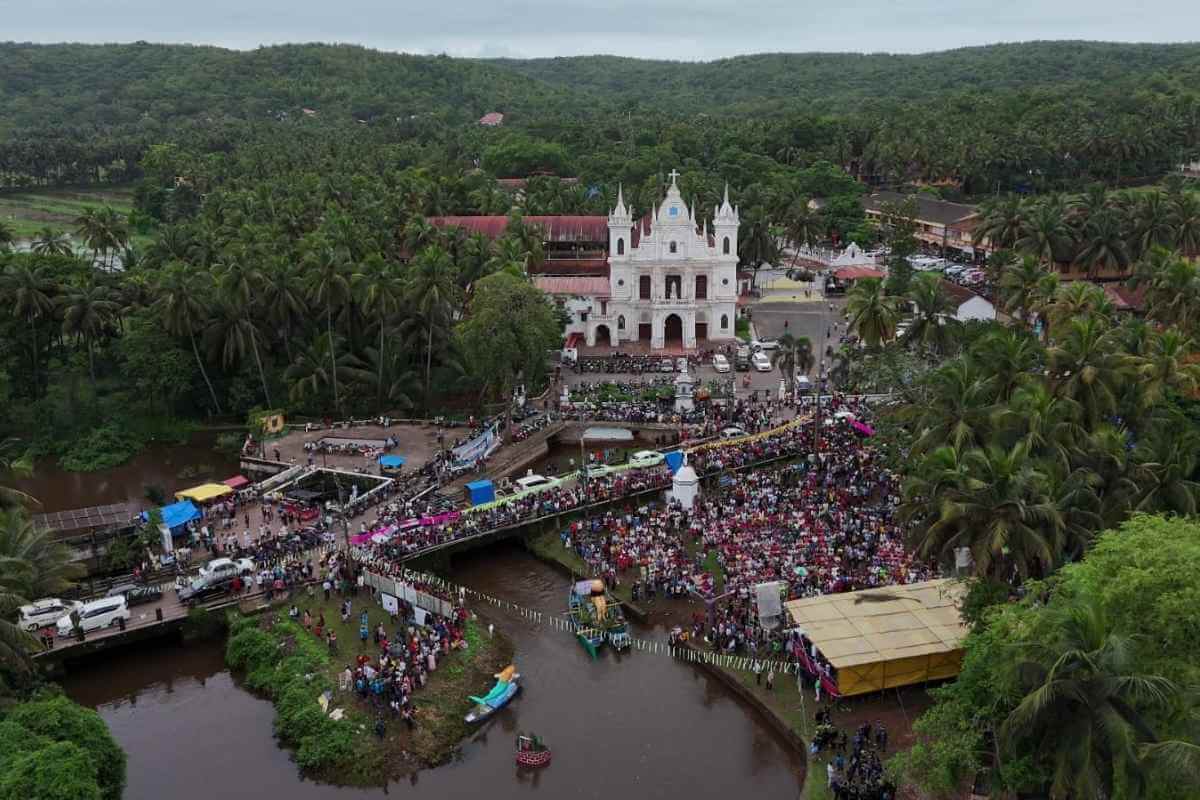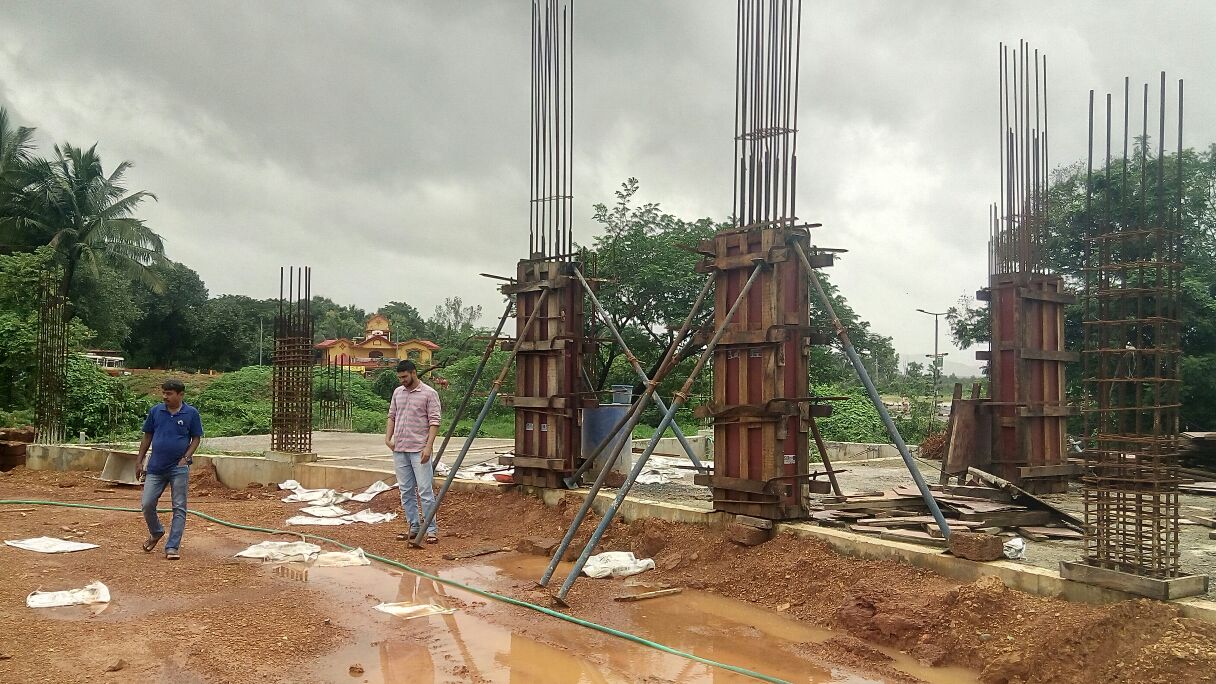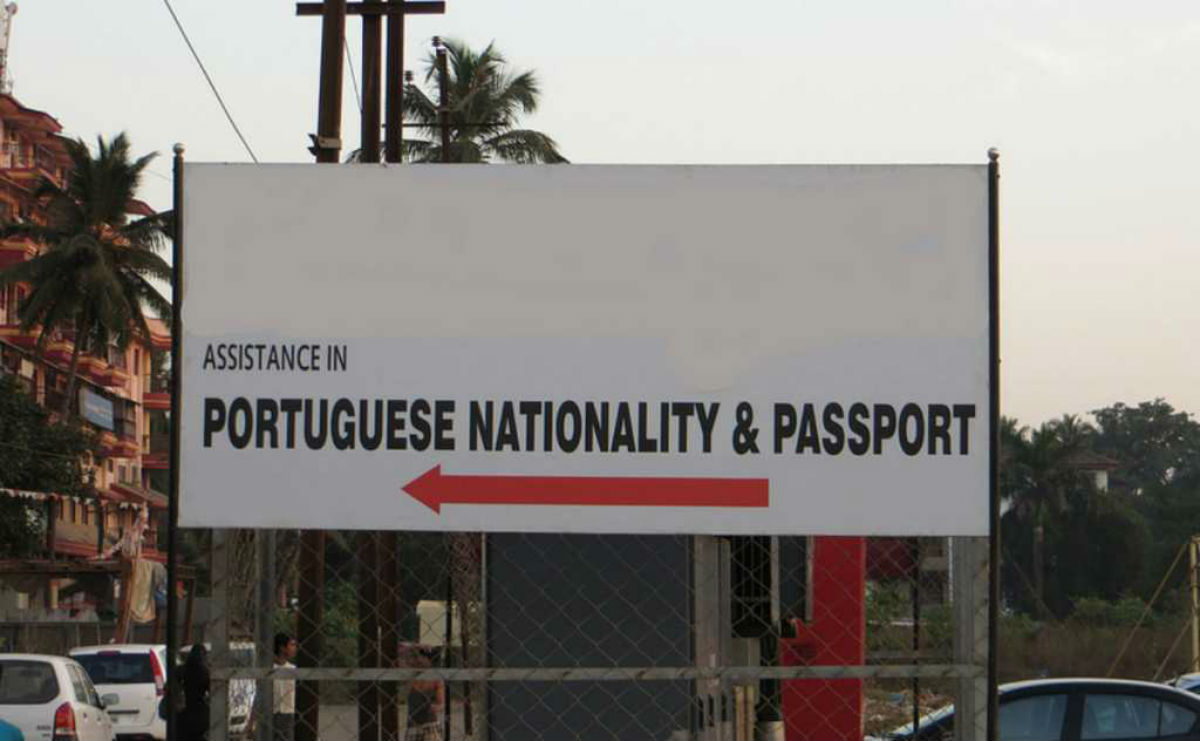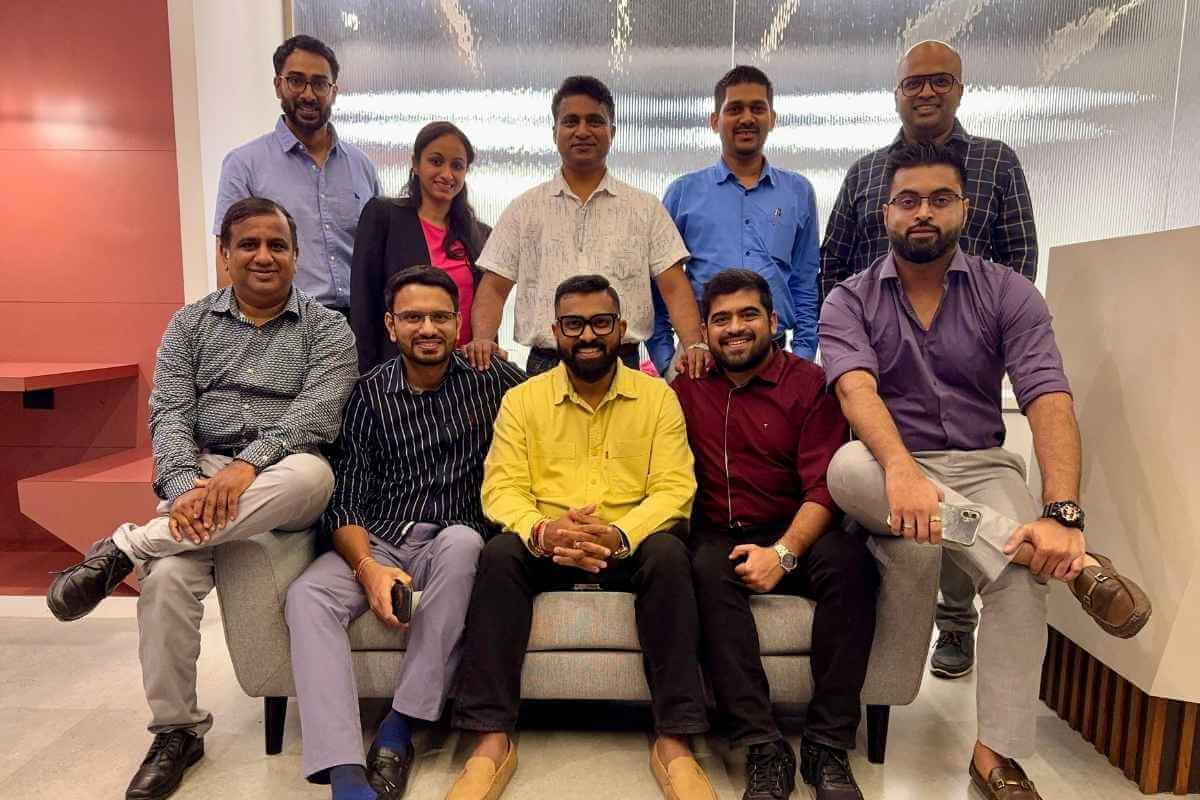One of Goa’s most beautiful waterfalls, Netravali Waterfalls spans a wide 211 sq km protected land area. The waterfalls are protected from exploitation because they are located within a nature sanctuary. It is a well-liked destination in Goa and is very busy on the weekends. Few people are likely to be familiar with the Netravali Waterfall because of its placement within the Netravali Nature Reserve. To reach the waterfall, you must hike 2 kilometres through the reserve with a guide.
The landscape around the waterfalls is peaceful, refreshing, and welcoming. The waterfall is referred to as “Savri Waterfalls” rather than “Netravali Waterfalls” in its native tongue, so keep that in mind.
Best Time to Visit: The monsoon season is the ideal time to explore the Netravali waterfall. It is located in the middle of a large forest. It’s an extraordinarily beautiful sight to see the waterfall cutting through the dense forest and gently pouring into the pond at the bottom.
History-Netravali Waterfalls
The waterfall is situated in the Netravali Wildlife Sanctuary, which has a noteworthy past. It is well known that the sanctuary is a part of Goa’s greater historical environment, which has seen the influence of numerous civilizations and colonial forces throughout the years. Goa, a former Portuguese colony, has a lengthy history that dates back to the beginning of time. Before being ruled by several Islamic dynasties, the region was ruled by multiple royal families, among them the Mauryas, Satavahanas, and Chalukyas.
The Portuguese first arrived in Goa in 1510 and quickly made themselves at home, beginning a period of colonialism that lasted for more than four centuries until 1961, when Goa became a part of independent India. The particular historical information regarding the Netravali Waterfalls may not be well documented, but it is nevertheless a significant natural attraction in the Goa state that gives tourists a glimpse into the area’s biodiversity and natural beauty.
Features and Beauty of Netravali Waterfalls
- Location: The Netravali Waterfalls, commonly referred to as Netravali Bubbling Lake and Bubble Lake, are situated in South Goa, India’s Netravali Wildlife Sanctuary. The refuge is renowned for its abundant biodiversity and verdant surroundings.
- Natural Beauty: The Netravali Wildlife Sanctuary’s lush woodlands are home to the tranquil and gorgeous Netravali Waterfalls. The water exclaims over the stones and makes a pool at the bottom of the waterfall as it cascades down from a great height. It is a beautiful and peaceful location because of the vivid vegetation in the surrounding area.
- Bubbling Lake: One distinctive aspect of the Netravali Waterfalls is the existence of a phenomenon known as the “Bubbling Lake” or “Bubble Lake.” The carbon dioxide gas bubbles that appear from the lake bed in a tiny pool or pond close to the waterfall provide an eye-catching visual impact. The discharge of subsurface gases causes the bubbling effect, which adds a fascinating element to the whole experience.
- Ecotourism: The nearby sanctuary and the Netravali Waterfalls encourage tourists to respect and preserve the region’s natural heritage. The management of the refuge has taken steps to safeguard the waterfall’s unspoiled beauty, wildlife, and ecological balance.
- Nature Photography: Netravali Waterfalls and the surrounding wilderness provide ample opportunities for nature photography. Capture the breathtaking views, unique rock formations, vibrant flora, and cascading water to preserve the memories of your visit.
Activities to Enjoy- Netravali Waterfalls
- Trails: Trails for hiking and experiencing the natural world: Netravali Waterfalls provides options for both. Visitors may fully immerse themselves in the area’s natural splendor thanks to the marked trekking trails that lead to the waterfall. Depending on the path taken, the trip can range from mild to difficult, however, it provides a chance to see the varied vegetation.
- Wildlife and bird watching: A large number of different plant and animal species may be found in the Netravali Wildlife Sanctuary. You could come across a variety of animals on your way to the waterfall, such as butterflies, birds, reptiles, and small mammals. Numerous bird species, such as Malabar pied hornbills, grey-headed mynas, and emerald doves, among others, are visible to birdwatchers.
- Enjoy Waterfall: Take time to savor the waterfall’s splendor. The Netravali Waterfalls are breathtaking. Enjoy the magnificent image of the water forming a pool at the bottom as it falls. If it’s safe to do so, you can cool off by the waterfall, put your feet in the water, or go swimming to cool off.
How to Reach-Netravali Waterfalls
You can use the following directions to get to Netravali Waterfalls in Goa:
- Start from where you are and move toward the South Goa town of Sanguem.
- The NH748 route leads to Margao and may be taken from Panaji, the capital of Goa.
- Drive onward toward Quepem and finally Sanguem.
- Margao is located about 50 kilometres (31 miles) from Netravali Waterfalls.
- Once in Sanguem, you can take an auto-rickshaw or local cab to get to the waterfall.
- To find the exact location of Netravali Waterfalls, it is best to use GPS or a map or ask a local for directions.
If you favour taking public transit:
- For information about shared cabs from Panaji or Margao to Sanguem, consult the local bus schedules.
- To get to the waterfall from Sanguem, you might need to hire a local taxi or auto-rickshaw.
- For precise directions and the best transit options, it is advised to think about hiring a local guide or asking for advice from a tour operator knowledgeable about the area.


